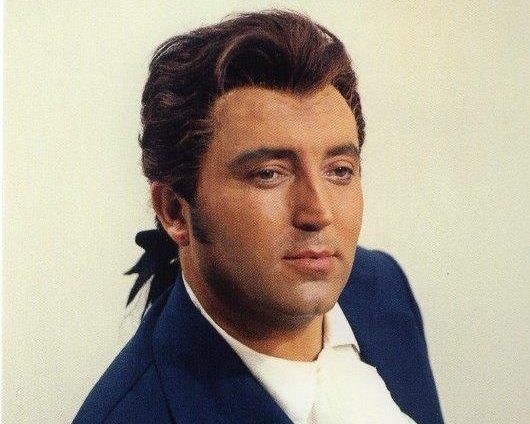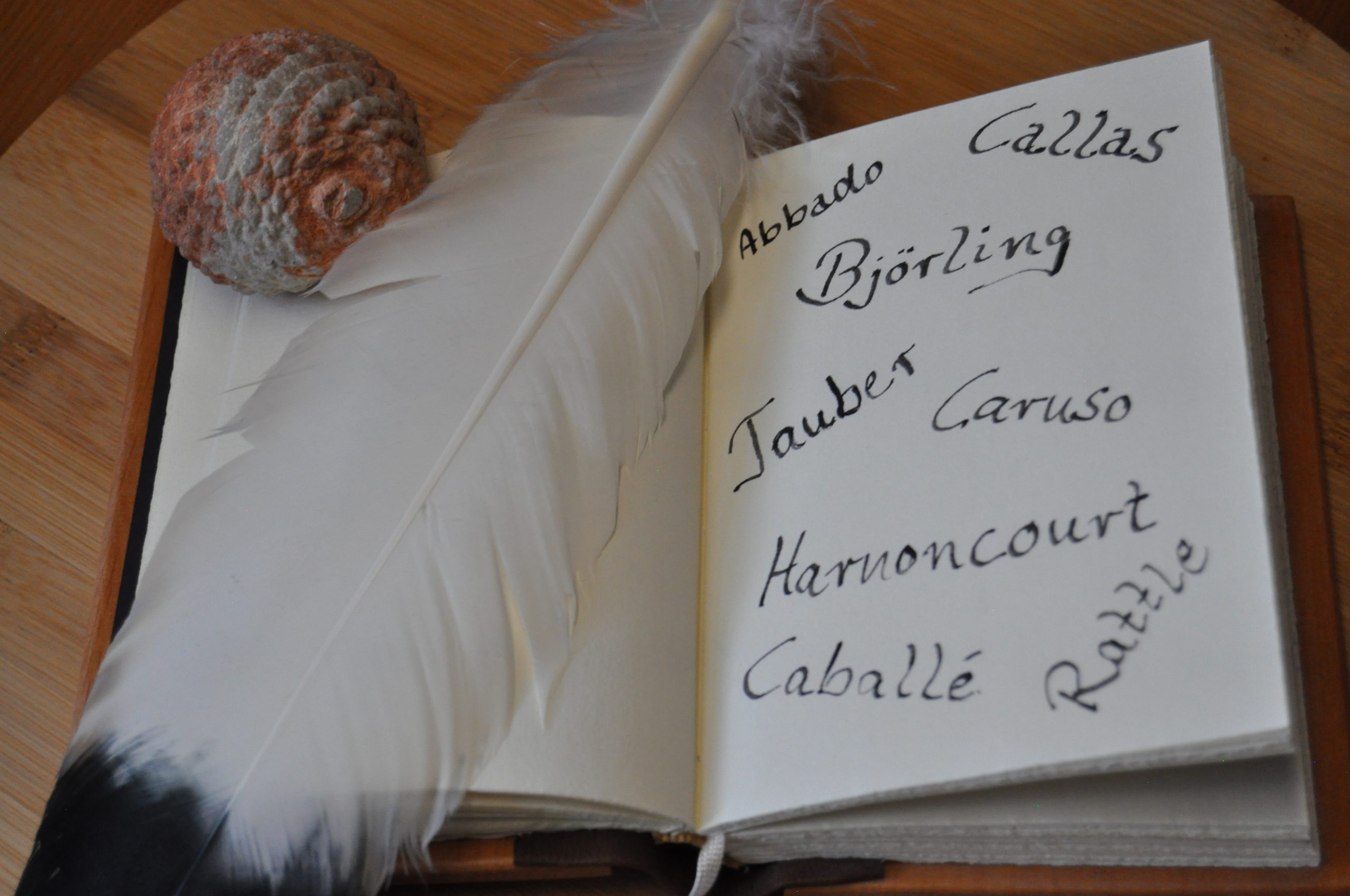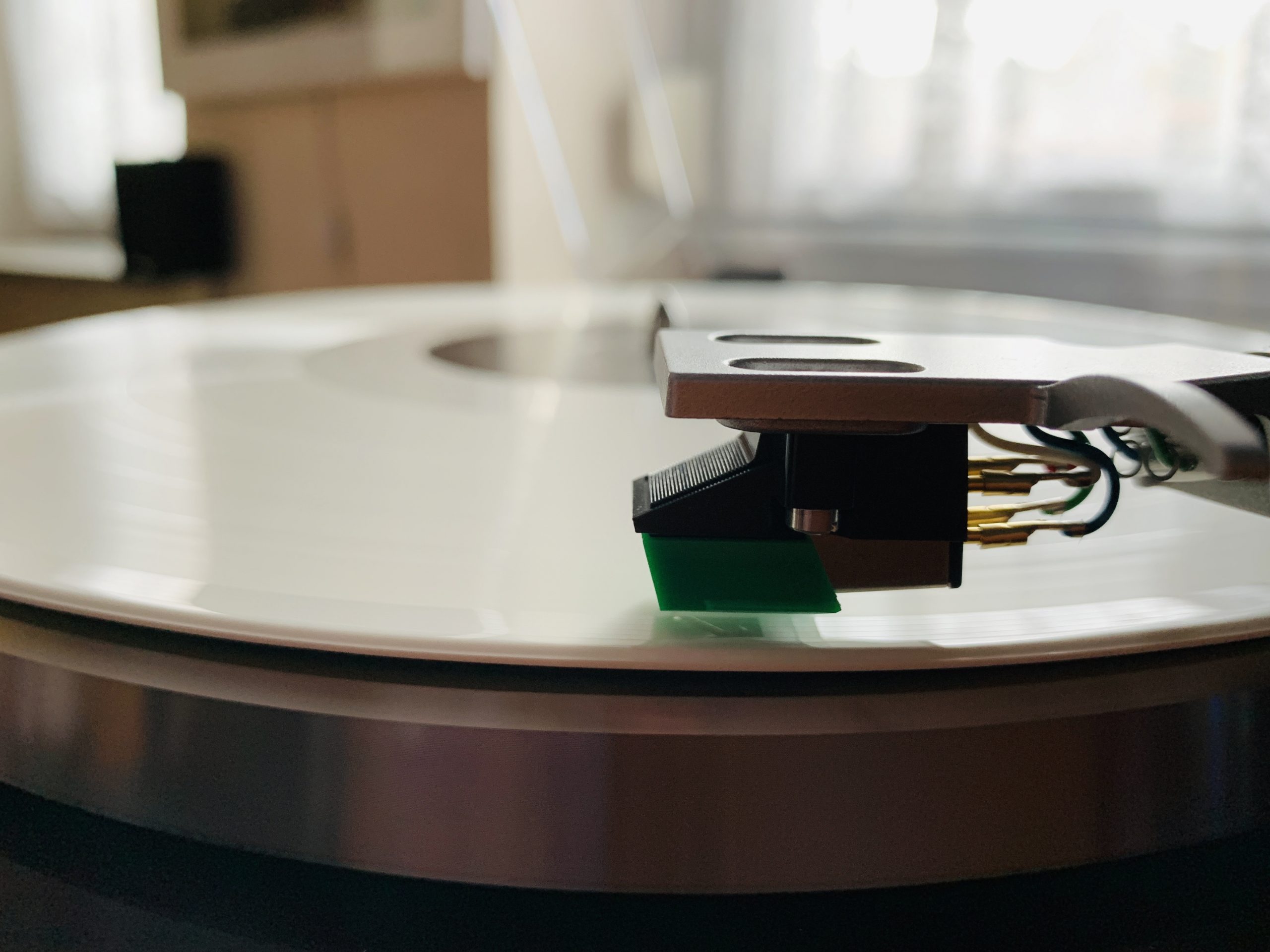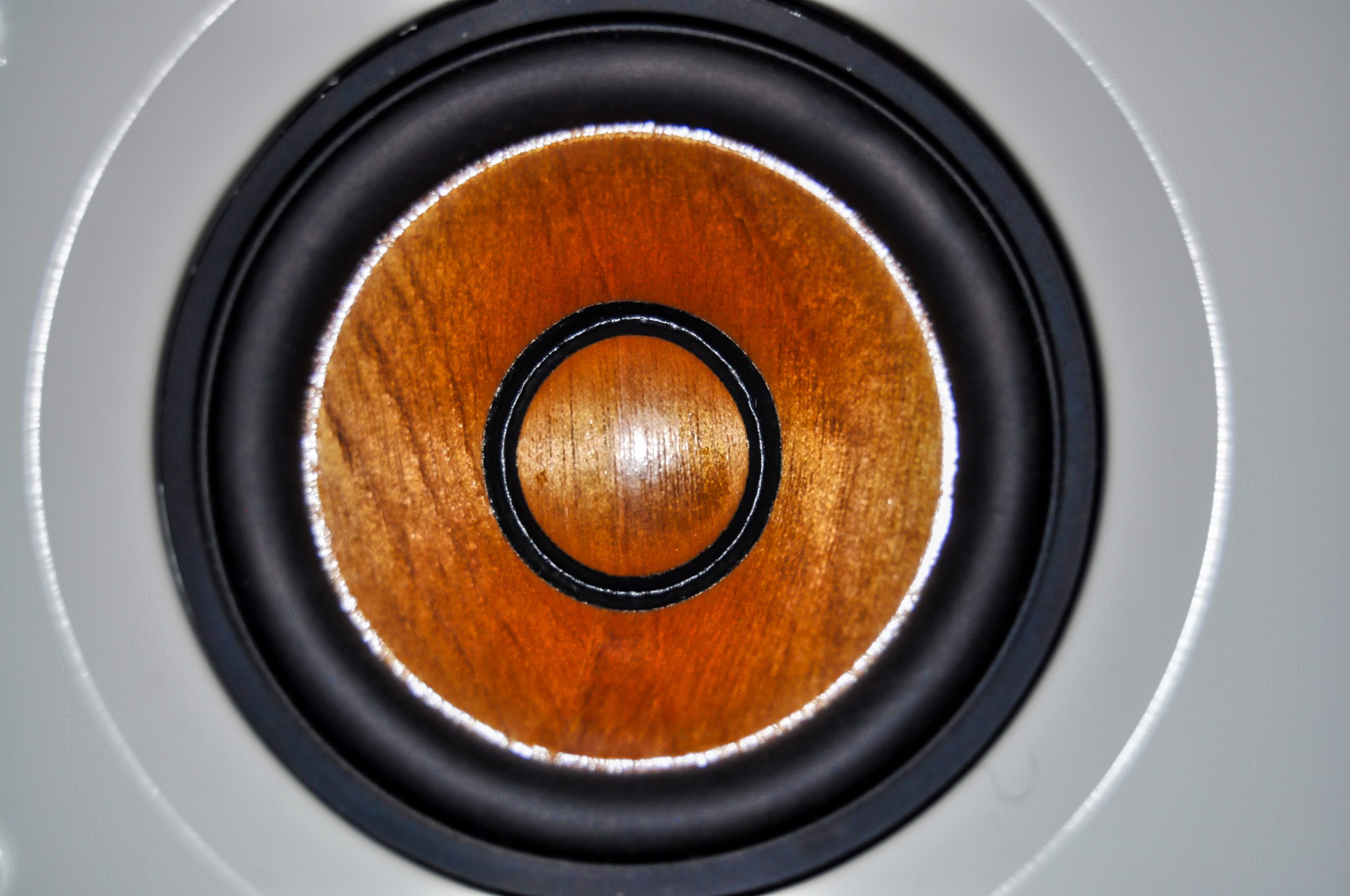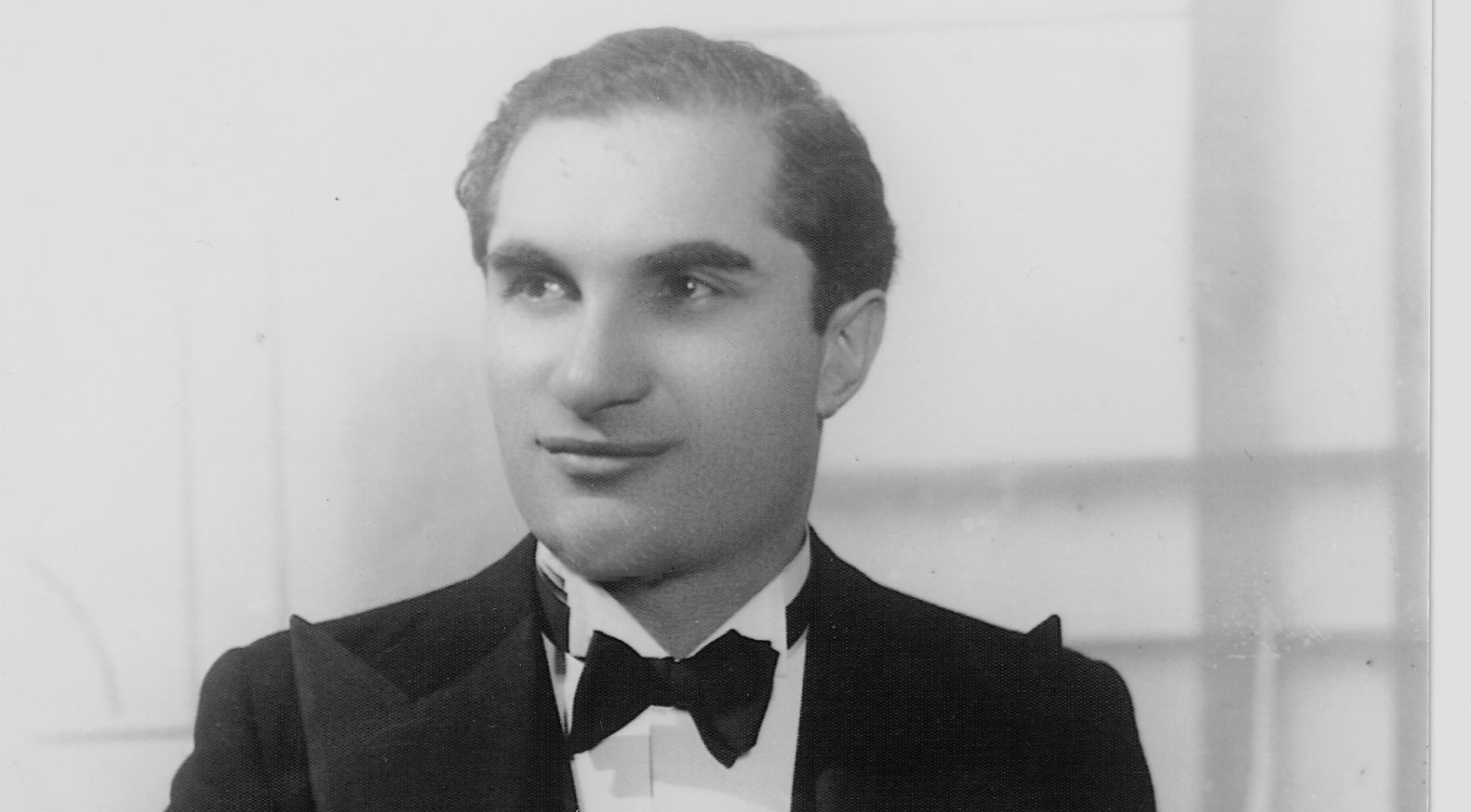Continued from part one
In his biography of Victoria de los Ángeles, Peter Roberts explains the great contrast between the worlds from which the singer came and into which she entered with her first opera debuts: Class consciousness was enormously pronounced in the thirties and forties – in this world, Victoria de los Ángeles was the daughter of a janitor who pursued a profession as a singer. But what set her profession apart from most professions of the time was the fact that her first opera engagements brought her into contact with social classes that she would never normally have encountered in the world of the time: the typical cliché of the well-heeled opera audience was completely fulfilled in Barcelona at the time. But Victoria de los Ángeles was by no means unwelcome in this world: on January 13, 1945, the singer appeared on an opera stage for the first time in the role of Countess Almaviva from Le nozze di Figaro (Mozart) at the Conservatorio del Liceo. She also shone in La Bohème (Puccini), an opera whose aria Sì, mi chiamano Mimì she had already sung when she won the Ràdio Barcelona singing competition a few years earlier.
At that time, winning a singing competition in Switzerland was an opera singer’s ticket to an international career.
Singing competition in Switzerland
Victoria de los Ángeles soon became well known on the Iberian peninsula thanks to her first opera engagements: the engineer Lamaña continued to be her manager and patron, accompanying her in her burgeoning career as an opera singer.
When Lamaña heard about a singing competition in Switzerland in 1947, the Concours Internationale d’Exécution Musicale du Conservatoire de Genève, he knew immediately: his protégé Victoria had to take part in this competition. In his biography of de los Ángeles, Peter Roberts emphasizes that musical competitions enjoyed an enormous reputation in Switzerland at the time: This had not least to do with the fact that Switzerland had remained neutral during the Second World War and consequently the Swiss cultural world enjoyed an unbroken international reputation even after the Second World War. At that time, winning a singing competition in Switzerland was an opera singer’s ticket to an international career.
Consequently, Lamaña saw participation in the singing competition as a springboard for his protégé’s future career – even in the event that she did not emerge victorious. Every participant in this singing competition received a certain amount of coverage, which often attracted the attention of major opera houses.
Competition for the first time
Victoria de los Ángeles had previously been a “big fish in a small pond” in Barcelona, as her biographer Peter Roberts later noted: Now, however, the young singer was competing with 100 talented singers from all over the world – at the time, the most promising young opera singers traveled to Geneva to take part in the competition. For the first time in her career, De los Ángeles found herself in an environment where she had to compete against other singers of her caliber.
Her trip to Switzerland for the singing competition was a completely new experience for the young opera singer: in Switzerland, she bought herself some opera scores – scores that she kept as lucky charms for the rest of her life. It was not easy for the young singer to hold her own in a field that consisted in part of very experienced opera singers: when there was a knock at the door one morning during her stay in Geneva and a hotel employee called her to the phone, she was initially completely perplexed and wondered who it could be at that hour. Then she remembered that the winner of the singing competition had been announced the previous night – de los Ángeles hadn’t even heard who had won yet. On the phone was her pianist Sofia Puche, who was also in Geneva: visibly irritated that her friend de los Ángeles had slept through her big moment, she announced to her that she had been featured on the front pages of all the newspapers that morning as the winner of the Concours Internationale d’Exécution Musicale…
International spectrum
After this sensational success, de los Ángeles received a call from the extremely renowned Teatro alla Scala in Milan asking if she would like to make a stopover in Milan on her way back to Barcelona to audition there: However, the then general director of La Scala, Luigi Oldani, received a rebuff from the young singer – something Oldani did not experience very often. The young singer’s rejection was of a personal nature: she simply wanted to return to her family and her home in Barcelona as quickly as possible. If her manager Lamaña had been present during this phone call, he would certainly never have allowed his protégé to turn down this offer – nevertheless, her debut at La Scala in Milan was not long in coming.
Her patron Lamaña had calculated correctly: Winning the Swiss singing competition opened up an international spectrum for the young singer. Over the next few years, Victoria de los Ángeles toured South America and Spain, among other places. She made her long-awaited debut at Milan’s Teatro alla Scala on November 17, 1950: such a debut at La Scala has a special significance in the career of every opera singer. Often this debut is even more important than the one at the Metropolitan Opera in New York – de los Ángeles made her La Scala opera debut in the opera Ariadne auf Naxos (Strauss).
Victoria de los Ángeles remains unforgotten as Madama Butterfly in particular.
Madama Butterfly
Victoria de los Ángeles first appeared on the stage of the New York Metropolitan Opera on March 17, 1951 in the opera Faust (Gounod): This opera had a rich tradition at the Met, as the Metropolitan Opera was opened with this opera in 1883. Victoria de los Ángeles celebrated one of her greatest triumphs in the role of Madama Butterfly from Puccini’s opera of the same name: the opera singer later described the role of Madama Butterfly as the role with which she could identify most. In a way, Victoria de los Ángeles became Madama Butterfly – this was also noticed by the New York critics, who even applauded wildly after the performance, which is not something that happens very often among critics.
At the time, Victoria de los Ángeles often sang together with the tenor Giuseppe di Stefano: De los Ángeles later said that di Stefano was the first opera singer of her generation to go to New York. There he spoke so often about Victoria de los Ángeles’ extraordinary, angelic voice that she was eventually also brought to the Metropolitan Opera.
Her very own interpretations
“I never wanted to make an opera recording in my life. It was always like torture for me. (…) I never listen to my own recordings,” Victoria de los Ángeles later said, looking back on her career: future generations can consider themselves lucky that numerous opera recordings were nevertheless made with Victoria de los Ángeles. From the point of view of the recording industry, the opera singer is regarded as one of the most successful opera singers of the post-war world. Her repertoire spanned countless operas and songs from the Italian, German, French, Spanish and English repertoire: Victoria de los Ángeles remains unforgotten as Madama Butterfly in particular.
De los Ángeles once said that one must sing an opera role exactly as one imagines it oneself: that is why de los Ángeles never listened to other interpretations of the roles she played. She never wanted to risk copying another singer – and thus created her very own interpretations, which still set standards today.
Main source: Roberts, Peter: Victoria de los Ángeles, 1982 Weidenfeld and Nicolson
Cover picture: Victoria de los Ángeles 1963 at Amsterdam Schiphol airport
Picture credit: Fotograaf Pot, Harry / Anefo, Nationaal Archief, CC0

 Deutsch
Deutsch